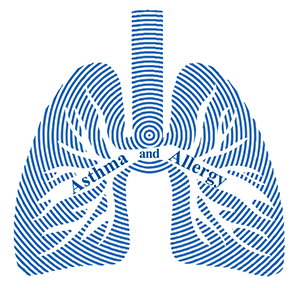Gastrointestinal Allergy
Eosinophilic Esophagitis
Your esophagus is the muscular tube that connects your throat to the stomach. Eosinophilic esophagitis is an inflammation of the esophagus that is mediated by an allergic reaction to foods or environmental exposures (animal dander, dust mites, pollens, molds). It is commonly mistaken for gastroesophageal reflux disease because of the similar symptoms – acid reflux, pain, trouble swallowing, nausea, vomiting, decreased appetite, and abdominal pain.
Eosinophilic esophagitis is diagnosed by endoscopy, which is a procedure where a doctor can take a look down the esophagus with a camera attached to a long tube. A sample of your esophagus may be taken to confirm the diagnosis. Treatment includes an elimination diet (based on allergy test results), acid suppressors, and steroids.
Eosinophilic Gastroenteritis
Eosinophilic gastritis and eosinophilic enteritis affect the stomach and small intestine respectively. They occur by the same mechanism as eosinophilic esophagitis and cause similar symptoms. The specific symptoms that affect the individual depend on the location and layer of the GI tract involved. If the mucosal layer is affected, it typically causes malabsorption of nutrients, whereas involvement of the muscle layer causes abdominal pain, vomiting, and possibly obstruction. Overall, this is a chronic condition marked by exacerbations and remissions.
